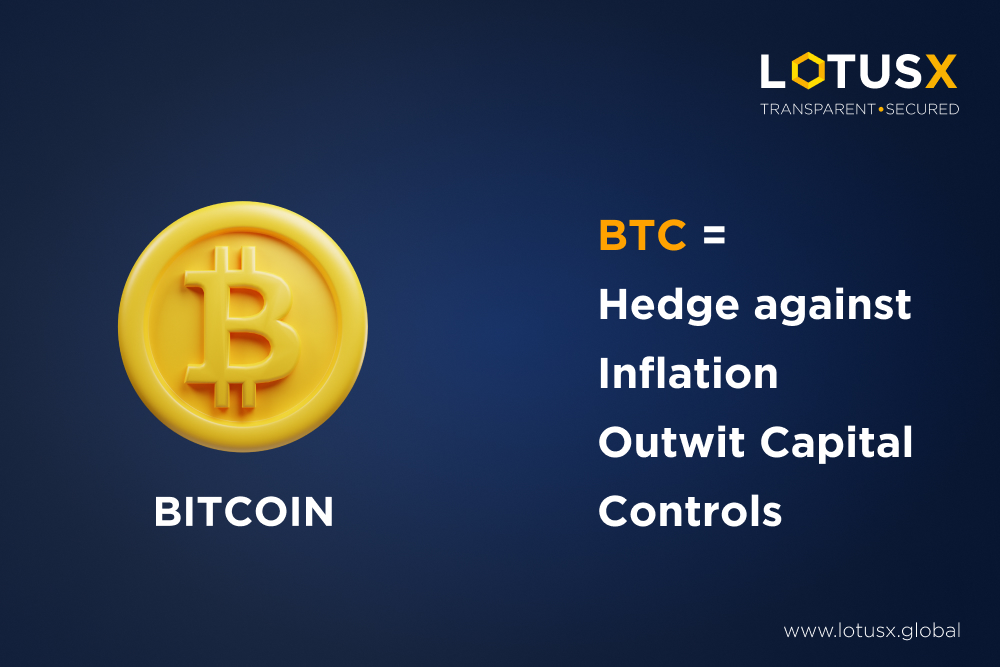In the world of cryptocurrencies, Bitcoin often takes center stage. Its price movements can send shockwaves throughout the entire crypto market, influencing the trading strategies of both seasoned investors and newcomers. Traders typically categorize Bitcoin’s price trends into two primary groups: ‘bullish’ or ‘bearish.’ However, in the ever-evolving world of cryptocurrencies, Bitcoin’s current status is somewhat unique. It fits differently than one category. In this blog, we’ll explore why Bitcoin is currently neither ‘bullish’ nor ‘bearish’ and what this means for the crypto market.
The Bitcoin Roller Coaster
Bitcoin’s price history is characterized by extreme volatility, a feature that has drawn both investors and speculators to the digital asset. Over the years, Bitcoin has experienced several significant price surges (bullish) and major corrections (bearish). This cyclical pattern often leaves traders seeking clues about the next move.
However, recently, Bitcoin’s price trends have defied conventional classification. It’s been neither decisively bullish nor bearish. Instead, it’s been meandering within a somewhat narrow trading range. This can be attributed to several factors:
Market Maturity: As Bitcoin matures, it becomes less susceptible to rapid, unpredictable price swings. Mature markets tend to exhibit more stability, making it challenging to define them as strictly bullish or bearish.
Institutional Adoption: Increased institutional participation in the cryptocurrency space has brought a sense of stability. Institutional investors tend to adopt a more long-term perspective, reducing the manic price fluctuations that were more common in Bitcoin’s earlier years.
Market Sentiment: Bitcoin’s price movements are closely tied to market sentiment. The mood of the market can change rapidly, influencing short-term price fluctuations without indicating a long-term trend.
Economic and Regulatory Factors: Economic factors, such as inflation concerns and regulatory changes, can significantly impact Bitcoin’s price, often creating a complex trading environment.
Bullish or Bearish: What Trend?
Bitcoin has been trading in a tight range of around $27,000 for several weeks now, with traders divided on whether the market is poised for a breakout or a breakdown.
Some analysts believe that the current price action is bullish, pointing to the fact that Bitcoin has been able to hold above key support levels at $25,000 and $26,000. They also argue that the recent increase in buying volume is a sign that institutional investors are accumulating Bitcoin.
Other analysts are more bearish, arguing that Bitcoin is still in a downtrend and that the current price action is simply a consolidation period before the next leg lower. They point to the fact that Bitcoin has failed to break through key resistance levels at $28,000 and $30,000 and that the recent increase in selling volume is a sign that retail investors are giving up on the asset.

So, which is it? Is Bitcoin bullish or bearish?
The truth is, it’s hard to say. The market is currently in a state of flux, and there are strong arguments to be made on both sides.
Ultimately, it’s up to each individual trader to decide what they believe. If you’re bullish on Bitcoin, you may want to buy and hold the asset for the long term. If you’re bearish, then you may want to sell your Bitcoin and wait for the market to bottom out before buying back in.
Factors to consider before investing:
- Technical analysis: Technical analysts, with the help of charts and indicators, predict future price movements. By studying the current price action, they can identify trends and patterns that can help them make informed trading decisions.
- Fundamental analysis: Fundamental analysts look at factors such as the underlying technology, adoption rate, and regulatory environment to assess the value of an asset. This type of analysis can be helpful for identifying long-term investment opportunities.
- Risk tolerance: All investments carry risk, and Bitcoin is no exception. It’s important to understand your own risk tolerance before investing in any asset. If you’re not comfortable with the possibility of losing money, then Bitcoin may not be right for you.
Overall, it’s important to do your own research and make your own investment decisions. Bitcoin is a volatile asset, and there is no guarantee of profits.
Bottom Line
Bitcoin’s current status as neither ‘bullish’ nor ‘bearish’ is a reflection of the cryptocurrency market’s maturation and its growing acceptance in the mainstream financial world. While it may be less predictable in the short term, this doesn’t diminish its long-term potential. Traders and investors should carefully navigate this evolving landscape, employing diversified strategies and risk management practices to make the most of their cryptocurrency investments.
As with any investment, thorough research and a sound understanding of the market are essential. Bitcoin’s ambiguous status should not discourage participation in the crypto market but rather encourage a more strategic and informed approach.




